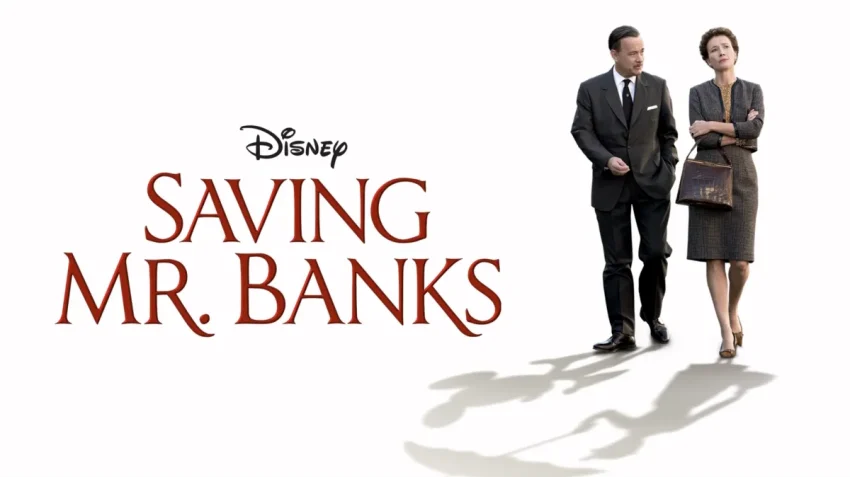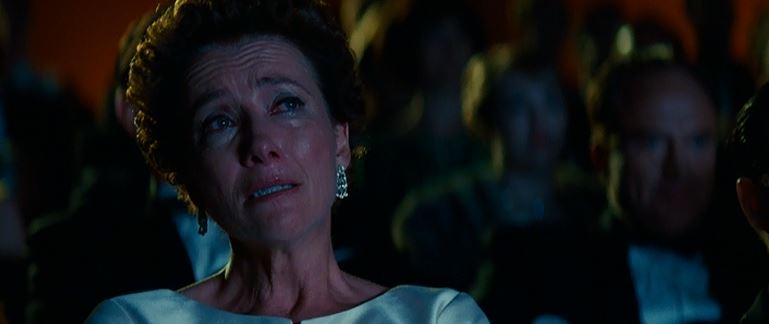
Some films grab your attention from the first frame, and others quietly sneak into your heart Saving Mr. Banks does both. It’s one of those rare gems that feels comforting and heartbreaking all at once. Every time I watch it, I end up crying not because it’s tragic, but because it’s so beautifully human. It reminds me that stories, at their best, can heal us, haunt us, and make sense of the messy bits of life all at once.
“Winds in the east. Mist coming in. Like something is brewing, about to begin.” That line perfectly captures the film’s essence something magical, something familiar, something about to stir.
Saving Mr. Banks deserved far more recognition than it ever got, and honestly, I can’t believe I haven’t written about it sooner. Without question, it’s in my top twenty films of all time.
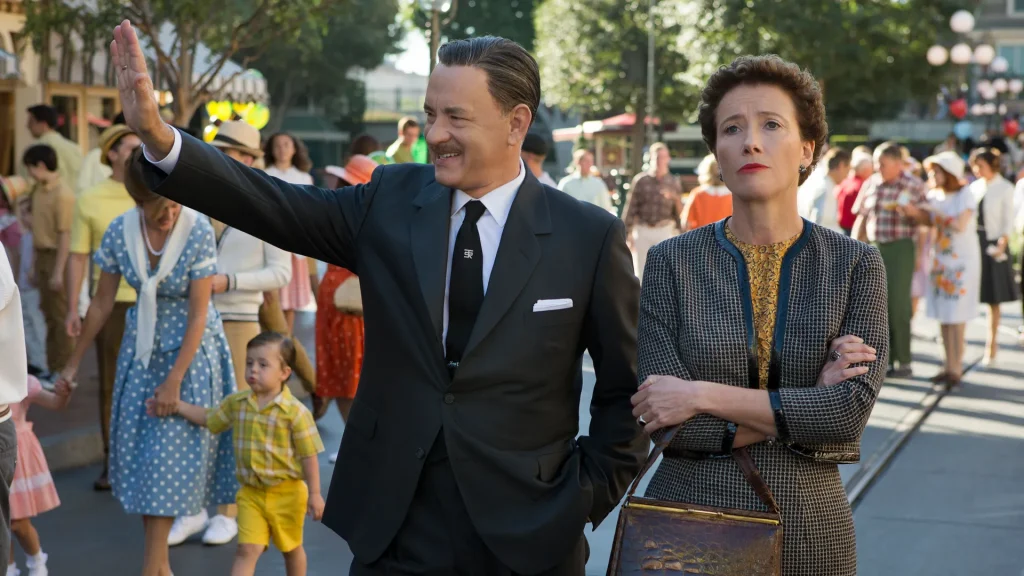
Emma Thompson completely owns the role of P.L. Travers, the sharp, complex, and deeply guarded author of Mary Poppins. I’ll be honest I’ve never been her biggest fan, even though I respect her work in Nanny McPhee, Love Actually, and Harry Potter. But here? She’s phenomenal. Travers is a tough nut to crack, and Thompson nails every awkward pause, every flicker of pain, every ounce of control she tries so hard to maintain.
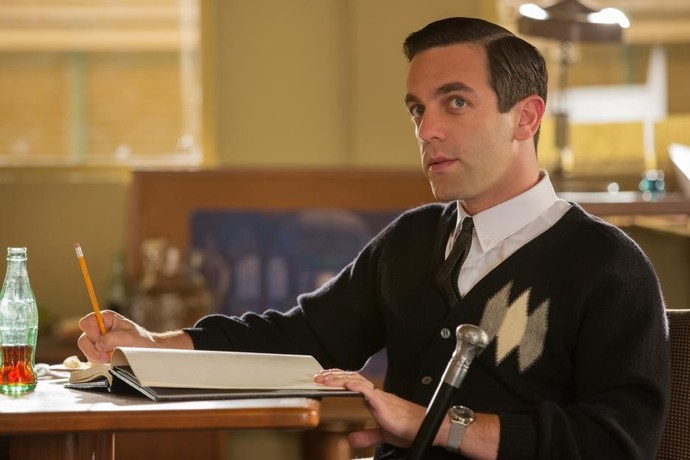
The supporting cast deserves all the love too. B.J. Novak and Jason Schwartzman as the Sherman brothers bring warmth, charm, and the perfect amount of humour. Paul Giamatti’s Ralph Travers’ endlessly kind chauffeur quietly steals scenes with his gentle humanity.

Colin Farrell? He’s exceptional. His portrayal of Travers’ father is full of heartbreak and hope, and young Annie Rose Buckley as Ginty matches him beautifully. Together, they give the story its emotional heartbeat.
Let’s talk about how gorgeous this film looks. The cinematography by John Schwartzman is a standout full of warmth, nostalgia, and quiet power. The contrast between 1960s Los Angeles and Travers’ childhood in rural Australia is stunning. L.A. glows with golden optimism, while Australia feels dreamlike and melancholic, like a memory you can’t quite let go of. The lighting, color, and framing all work together to tell a story within the story. You can almost feel Travers’ inner conflict in every shot bright sunlight brushing up against long shadows. It’s visual poetry.
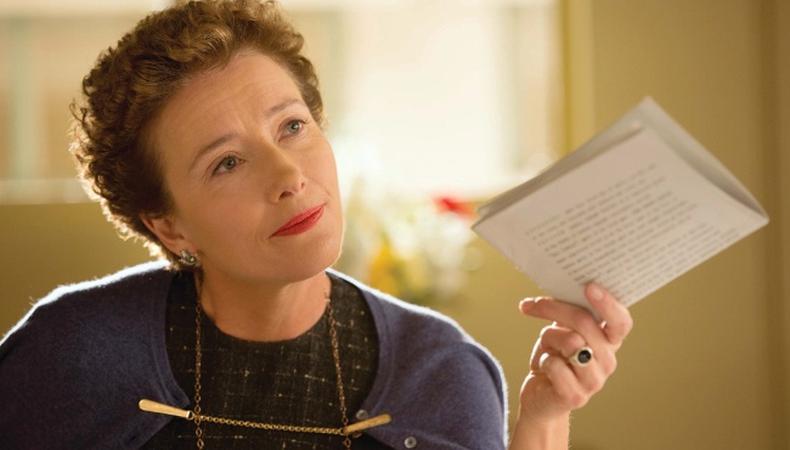
What makes Saving Mr. Banks truly special is its balance. It’s a serious, emotional story about loss and letting go, yet it’s sprinkled with moments that make you laugh out loud. The writing is sharp, heartfelt, and full of warmth. When you combine an outstanding script, an exceptional cast, and John Lee Hancock’s sensitive direction (the man behind The Blind Side and The Rookie), you get something genuinely magical.
Saving Mr. Banks isn’t just about how Mary Poppins was made it’s about why stories matter. It’s about facing your past, finding forgiveness, and realizing that sometimes, saving someone else’s Mr. Banks might just help you save your own.


